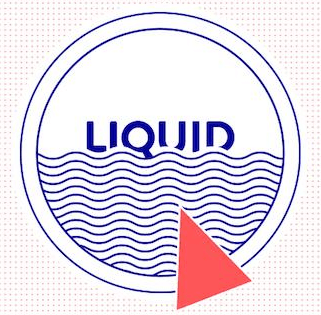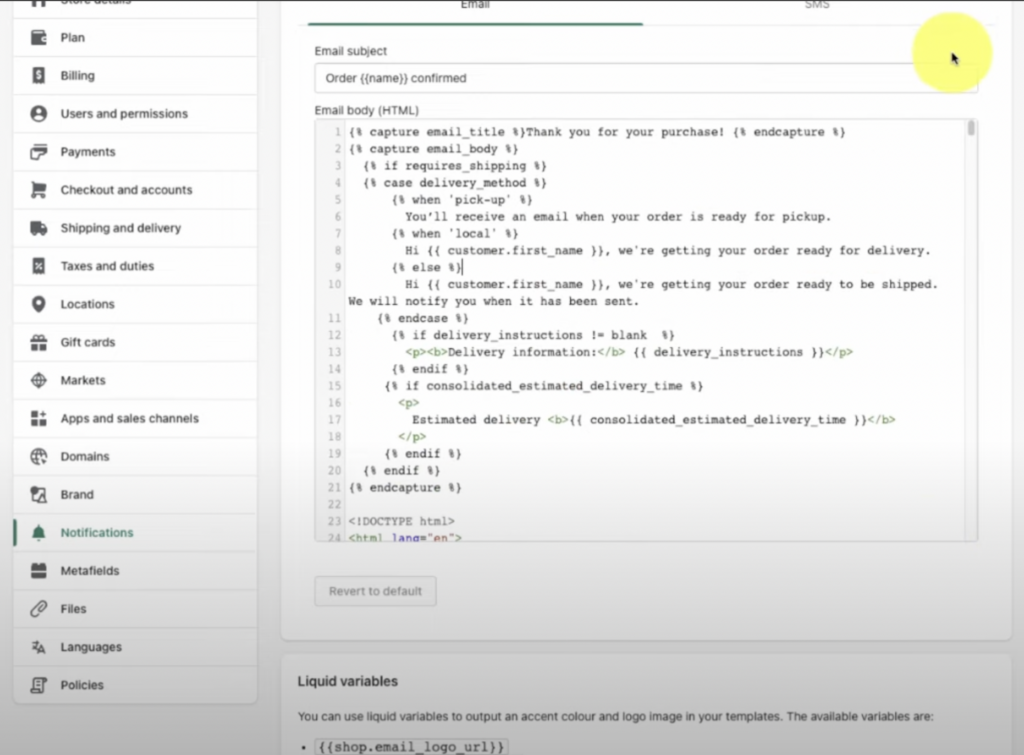Liquid Template Language for E-commerce and Automation
Designed with simplicity in mind, Liquid is a template language that has found its place in various corners of the digital world. It is useful for when your MarTech Stack includes Shopify or Customer.io. If you already have a good command of Python or PHP, the creation of Liquid templates shouldn’t be a problem for you.

What is Liquid?
At its core, Liquid is a template language. It’s a lightweight yet potent tool used for rendering dynamic content. Think of it as the architect behind personalized web pages and email templates. Liquid enables you to insert variables, conditionals, and loops into templates, tailoring the content to meet specific needs.
What is it For?
Liquid is a Swiss army knife for web developers and content creators. Its primary purpose is to personalize digital assets. Whether you’re running an e-commerce website or managing a blog, Liquid empowers you to create content that adapts to individual users.
Imagine a scenario where you want to greet logged-in users by name on your website. Liquid makes this possible. If a user is logged in, Liquid can display a personalized message like “Welcome, [User’s Name]!” If not, it can show a generic message like “Log in to access exclusive content.” This level of personalization enhances user engagement and experience.
How Does the Language Look Like?
Liquid’s beauty lies in its simplicity. Its syntax resembles plain English, making it accessible to individuals with limited programming experience. Here’s a taste of what Liquid code looks like:

The code is comprised of tags, objects, and filters enclosed within curly braces and percent signs. This user-friendly structure sets Liquid apart from more complex programming languages.
If you’ve dabbled in programming, Liquid will feel familiar. It shares common concepts with other scripting languages like JavaScript or Python. If you understand variables, loops, and conditionals, you’re already on your way to mastering Liquid.
Which Sites and Platforms Use Liquid?
Liquid has woven itself into the fabric of the digital landscape. Notably, Shopify, a prominent e-commerce platform, relies heavily on Liquid for theme customization. Users can modify the look and feel of their online stores using Liquid templates.
Beyond e-commerce, Liquid is embraced by content management systems (CMS) such as Jekyll. Jekyll, a popular static site generator, utilizes Liquid for creating dynamic templates and layouts. This enables users to build websites that load quickly and efficiently.
Many email marketing platforms, including Mailchimp, use Liquid for creating personalized email templates. This ensures that subscribers receive tailored content, boosting engagement and conversion rates.
Shopify & Liquid Template Language

Where Can I Find Documentation About Liquid?
Shopify, a pioneer in adopting Liquid, offers detailed documentation that provides insights into Liquid’s features and capabilities. Even if you’re not using Shopify, their documentation is a valuable resource for learning.
The official Liquid website is another goldmine of knowledge. It offers a comprehensive guide covering everything from basic syntax to advanced features. This resource is especially helpful for beginners looking to build a solid foundation in Liquid programming.
Additionally, the online programming community is a great place to seek answers to specific questions or gain insights from experienced Liquid developers. Websites like Stack Overflow host discussions and Q&A sessions related to Liquid language. You can also find a batch of documents on GitHub.

